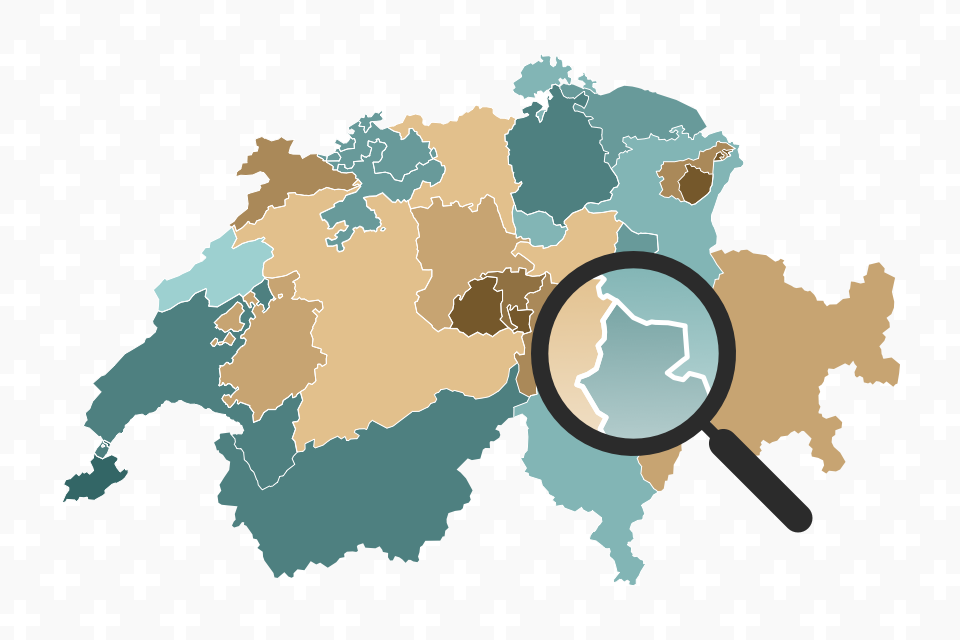
Switzerland Today
Greetings from Zurich!
Switzerland is gearing up for August 1 celebrations and we wish you all a Happy Swiss National Day wherever you are in the world.

In the news: prosecutor fights back, 2CV festival ends and an Indian tour visa blockage
- Ex-Attorney General Michael Lauber, himself threatened with US sanctions, says he has been made a scapegoat for Switzerland’s reticence to apply sanctions on Russia.
- Officials are struggling to keep up with demand for Schengen visas from company tour groups in India.
- A global meeting of 2CV car enthusiasts attracted 15,000 visitors and 3,500 cars in Delèmont last week.

Simplicity wins
With all these new technologies about, it can be heartening to learn that the good old-fashioned ways are still being employed by scientists.
Archeologists from the University of Bern certainly know when to fall back on tried and tested methods when studying exciting historical sites.
The site in question is the remains of a stilted village in Lake Ohrid, which straddles Albania and North Macedonia.
It’s an important place because it marks a spot where humans stopped wandering long enough to shift from hunter-gatherer mode to agricultural-based settlers. It’s vital, therefore, to accurately date the site.
A couple of years ago, the scientists announced the site was much older than previously thought – by several thousand years. Instead of 3,000 years old, the settlement was found to have existed 8,000 years ago – making it one of the oldest permanent settlements uncovered in Europe.
This (up)date was made possible with radiocarbon dating technology on the remains of wooden posts, preserved in the soupy lake waters, that once supported homes.
But the lovely thing is that radiocarbon dating technology has certain limitations, which I’m sure would have made the original Neolithic inhabitants chuckle.
It turns out that radiocarbon dating isn’t that good with the fine-tuning. It can give you a millennium or century but has difficulty pinpointing anything more precise than that, according to the research team.
“We’re falling back on dendrochronology, counting the annual rings of the trees [which form the foundational piles] to narrow down the age of the settlement to the decade or even to the year,” archeologist Albert Hafner told Swiss public broadcaster SRF.
What a reassuringly civilized way to determine a key point in the evolution of civilization.

In compliance with the JTI standards
More: SWI swissinfo.ch certified by the Journalism Trust Initiative









